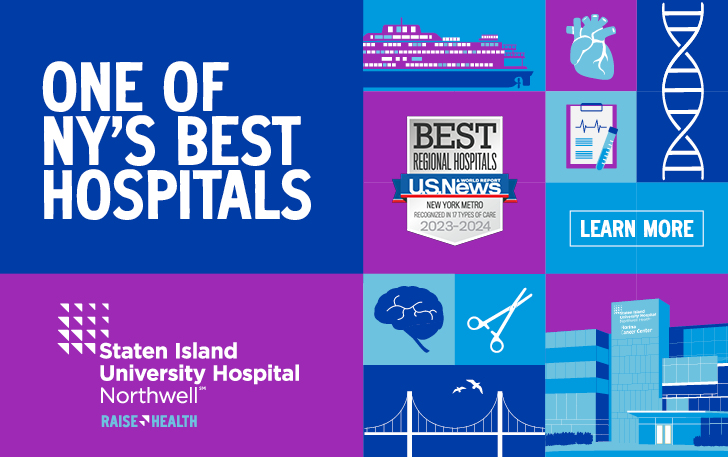a fulton-street medical practice applies a novel and multidisciplinary approach to “holistic healing”
by Jessica Jones-Gorman • photos by jon Gordon
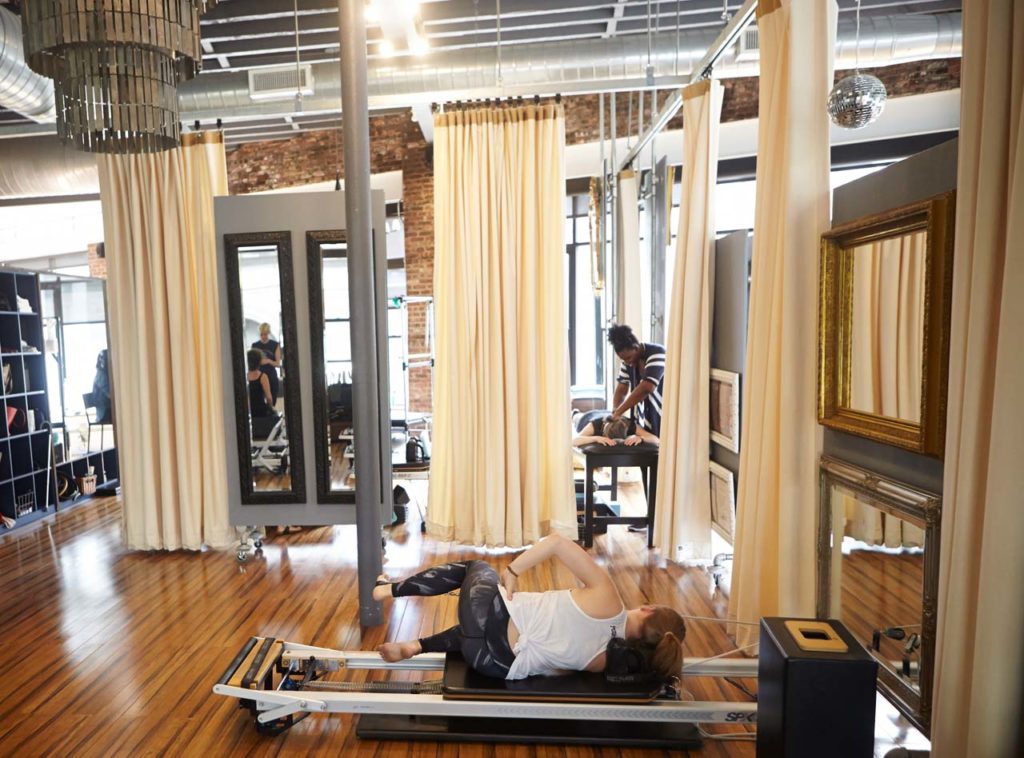
When Dr. Rudy Gehrman was completing his degree in Chiropractic at New York Chiropractic College, he devised a business plan for a sports medicine practice that would treat the whole body, making use of a staff of specialists who could help patients recover from injury while improving
their athletic performance.
“I had this vision for a practice that would combine the talent and expertise of a multidisciplinary team of practitioners,” Dr. Gehrman (seen above) said. “I even built it out on paper, compiling ideas for a model that would strive to treat patients holistically through that team approach.”
So, in 2002, after completing his degree, Gehrman and his grad school roommate rented a space at 163 Remsen Street in Brooklyn Heights and launched The Heights Chiropractic and Rehabilitation Clinic.
“We bartended every weekend to fund it and slept on an air mattress inside of the practice,” Gehrman recalled. “We were 27 years old…showering at New York Sports Club before our patients arrived. But we went out into the community, did free workshops in local gyms, held lectures on musculoskeletal injuries, and catered to active individuals who wanted to take charge of their own health care. Suddenly, one patient turned into two, then four, then eight. The practice started building, so we quit our bartending jobs and expanded from our original 800-square-foot office.”
In 2004, after meeting his now wife, Lynda Gehrman, a veteran Pilates teacher, the pair witnessed the benefits Pilates had for clients. In 2006, she opened a studio in the vacant space behind Rudy Gehrman’s chiropractic office (then Avellyn Pilates & Movement), along with a satellite studio on the Upper East Side.
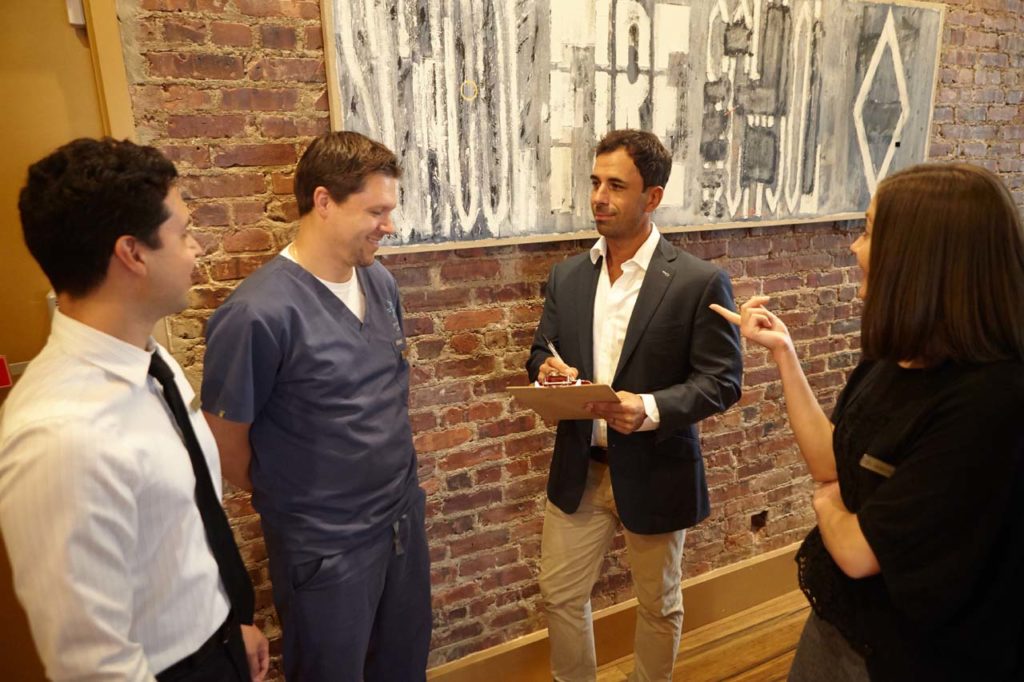
In 2009, Dr. Gehrman took on another space at 157 Remsen Street to accommodate a new Pilates-based physical therapy department led by Pilates instructor and Physical Therapist, Jeanine Robotti. After adding sports medicine and clinical nutrition to the roster, they renamed the practice Physio Logic. In 2013, Dr. Gehrman and his wife began a search for a single space where the Physio Logic team could unify services, and in February 2015 opened a new facility at 409 Fulton Street.
“It was truly the realization of all of my original goals,” Dr. Gehrman said. “We are a fully-integrated clinic with a full staff of healthcare professionals under one roof—all working together to treat injury and assist patients in returning to their daily life. When a person is injured, they usually have to visit their medical doctor at one address, then a physical therapist at another, a nutritionist at yet another location, and an acupuncturist somewhere else. The geographic distance and time required to treat just one injury often becomes too much to handle. But here, all of those services are under one roof, and practitioners meet as a team to discuss patients and their path of healing. We may have all trained differently and use different tactics to treat an injury, but we all have one purpose: to make patients feel better.”
The staff follows a whole-body approach to treatment, wherein practitioners look beyond specific areas of injury to determine if there is an underlying source of pain, then focus on the root of the condition to prevent relapse. Services offered include physical therapy, chiropractic care, acupuncture, massage therapy, interventional and regenerative medicine, as well as nutrition and health coaching. When a client meets their goals, both clinically and personally, they are encouraged to transition to any one of the office’s supportive services, including Pilates, to help maintain a healthy, pain-free lifestyle. (In addition to a full-service Pilates studio on Fulton Street, Physio Logic also maintains a Pilates studio on the Upper East Side of Manhattan.)
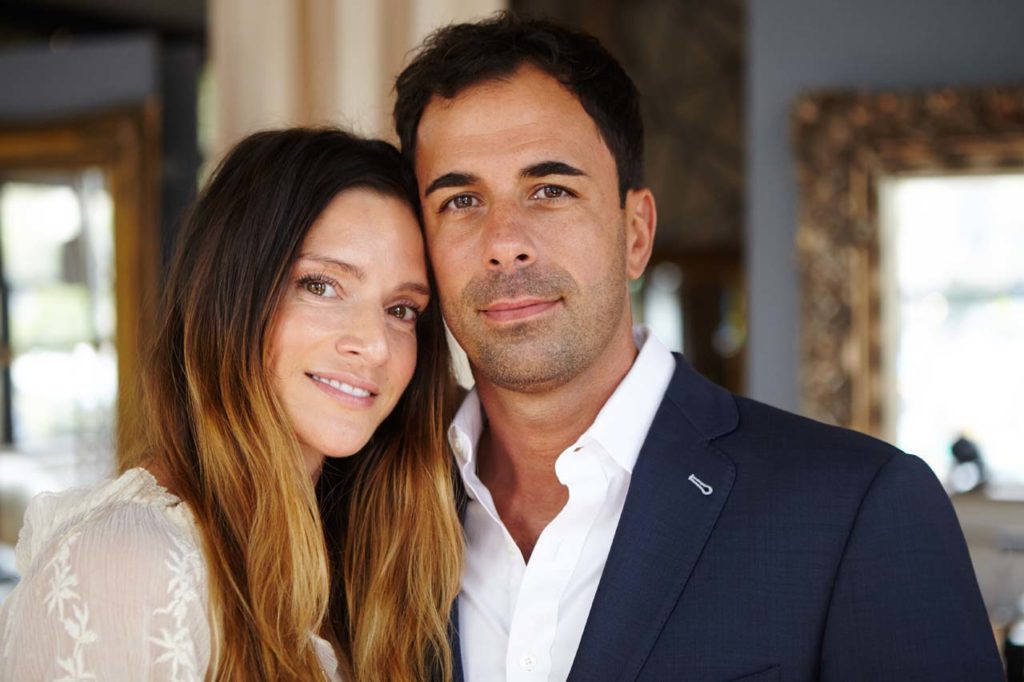
The 6,000-square-foot Fulton Street space is equipped with leading edge sports medicine treatment modalities—its design incorporating lofty ceilings, exposed brick, soft lighting, and antiqued mirrors.
“We are huge fans of New York City architecture, so we employed Delson or Sherman Architects, who share that passion,” Dr. Gehrman said. “They exposed the beauty of this magnificent old building, while modernizing it according to our needs.”
“We continuously add new modalities and departments according to societal and clinical needs,” he said. “If a particular treatment is richly evidence-based, we find a spot for it. Like acupuncture; before adding it to the practice, we reviewed all of the clinical evidence and decided it would be a great addition. Not one profession can fix everything—that’s why we are constantly researching what our patients need and can benefit from.”
For Gehrman, who experienced injury and rehab firsthand while competing in ice hockey, football, downhill skiing, mountain biking, weight lifting, and endurance races, that type of integrated care is vital.
“I suffered a range of injuries when I played hockey, specifically to my knee,” he said. “Many doctors helped me, but the ones who inspired me most were those who didn’t tell me that I had to stop playing and completely alter my life. Instead, they showed me how…they used nutrition and other plans of treatment to get me back to where I wanted to be.”
Gehrman has treated a wide range of sports injuries during his career. Patients run from active senior or adolescent athletes to professionals competing in the NBA, NFL, NHL, and MMA. He not only practices traditional manipulations and mobilizations, but also several soft tissue techniques, such as Active Release Technique, instrument-assisted soft tissue mobilization, and sports medical massage.
His post-graduate courses of study included FAKTR-PM (Functional and Kinetic Treatment with Rehabilitation, Provocation and Motion), Cox Flexion Distraction, McKenzie Mechanical Diagnosis, and Therapy and Spinal Decompression, and he is currently working on bringing even more innovative services to the practice.
“I’m extremely excited about our regenerative medicine department, because I feel it is a new frontier for medicine,” Gehrman said, describing stem cell procedures and platelet-rich plasma injections that help reduce patients’ recovery time.
“During platelet-rich plasma injections, blood is taken from the patient, spun down, and regenerative tissues are reinjected into an injured area,” he explained. “Since ligaments and tendons do not have a lot of blood flow, injuries to those areas can be difficult to heal. But with this process, regenerative properties of the patient’s blood are reinjected where they are needed. I reinjured my knee this past ski season, and our stem cell department got me back on the slopes in three weeks instead of twelve. I was amazed at how quickly I was able to recover because of the procedure.”
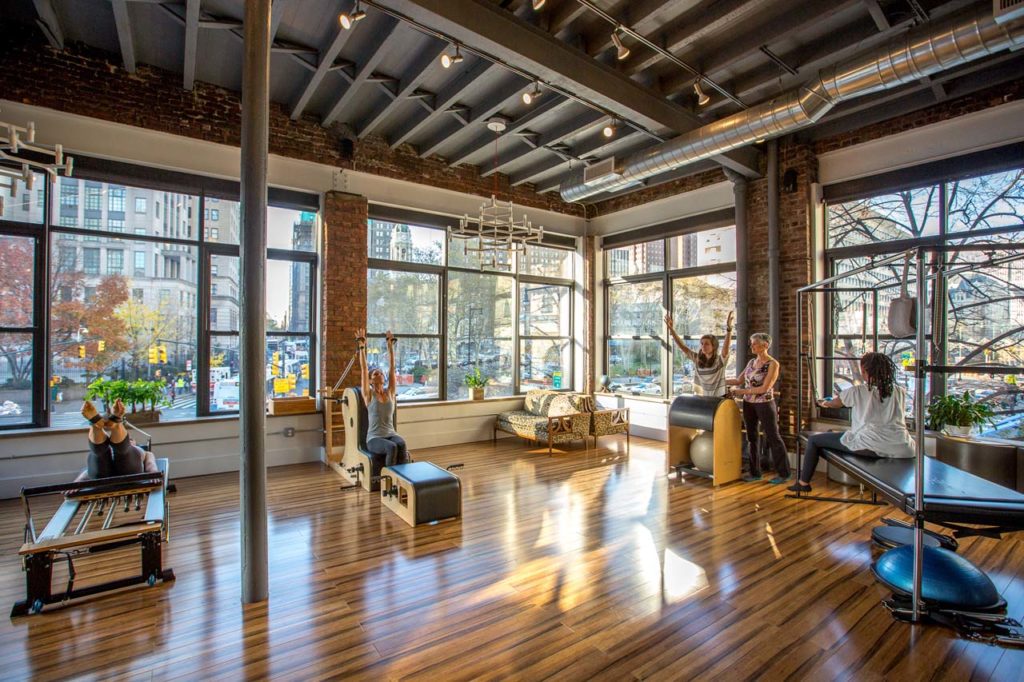
It’s also, he said, a course of treatment that fits well with Physio Logic’s integrative philosophy of care.
“Functional medicine is in the wave of our future,” Gehrman said. “This branch allows us to look at a person’s biochemical makeup and dial in on exactly what they need—whether it’s a lifestyle change or some form of therapy or nutritional counseling. Together, we’re teaching patients how to take care of themselves and remedy the problems they face.”
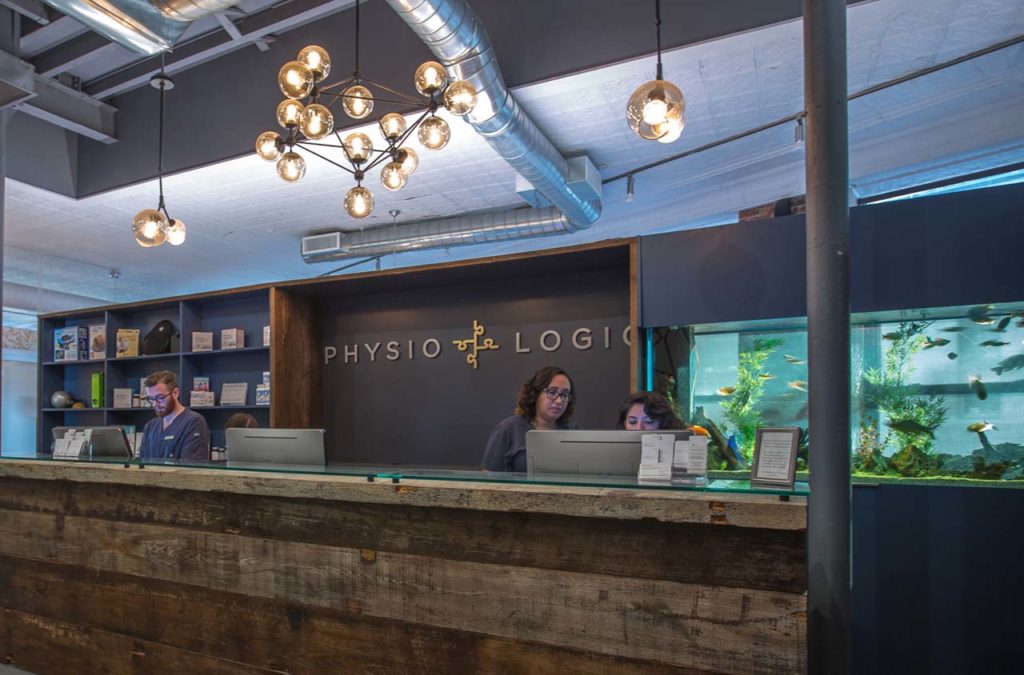
Gehrman is currently working on community initiatives as well, taking his view of holistic healing and preventative activity into schools and other neighborhood forums.
“I love any opportunity to speak to the younger generations before any onset of injury or physical problems,” he said. “So much of the healing process has to do with proper sleep patterns, good lifestyle choices, and overall health and well-being. We have so many new programs and such a positive and unique philosophy; it’s fulfilling to see the type of impact we have made.”
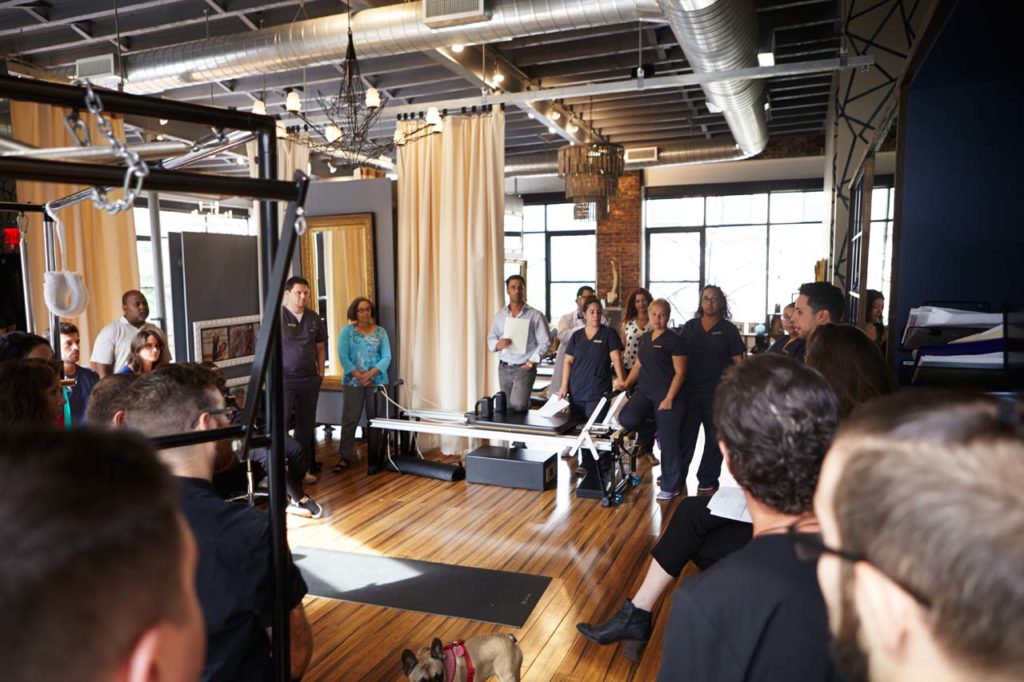
Physio Logic
409 Fulton Street, 2nd Floor / 718.260.1000 / physiologicnyc.com


